Gardens and medieval estates are significant in my current work in progress. The Damask Rose is set during the later part of the magnificent thirteenth century. From the thirteenth century on, the medieval royal court was exceptionally interested in experimental gardening. The Tower of London and the Palace of Westminster possessed extensive gardens, orchards and vineyards. London was full of orchards and gardens both for food and enjoyment. Whilst the majority of houses in a town had a mixture of herb gardens and orchards, palaces and wealthy manor houses possessed the most artistic gardens. Hunting lodges and noble weekend homes had gardens laid out with herboriums, enclosed vineyards and parks. For instance, at Odiham Castle in Hampshire, granted to Eleanor his sister who became wife to Simon de Montfort, during the thirteenth century a garden existed there surrounded by boarded fences with four doors. There were within it seats with turfed roofs and a garberobe or privy screened by a hedge as well as planting. At Clarendon during the thirteenth century a herb garden was constructed for Queen Ailenor of Provence who is the subject of The Silken Rose. Her herbal garden was paved and reached by a staircase from her chamber.

A Typical Paradise Garden
The King’s garden at Clarendon had a white-washed wall with a bench that went all around it. Clarendon had herb and flower gardens, a wooded pleasurance and a fish stew. Henry III had extensive gardens built at Windsor and Eleanor of Castile, wife of Edward I, had gardens planted on her many manors belonging to her property empire. At Langley Manor in Hertfordshire Eleanor of Castile was responsible for gardens designed in the Moorish tradition with paved courtyards and fountain gardening.
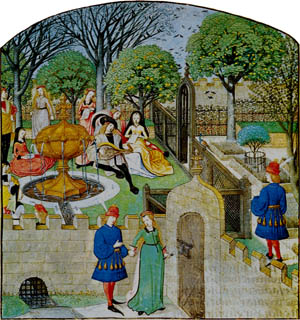
Behind doors and walls
Everywhere you discovered the large manor house or palace you would find gates and doors in garden walls and paths between square beds edged with flowering herbs. You might relax by a grassy mound covered with herbs with recesses for seats and shaded by lattice-woven branches. Dove-houses were prolific because the cooing of doves was delightful to the medieval ear but also because the doves were eaten. Within these thirteenth century palace and manor house gardens one would see much stone work, carpentry, hedgemaking, locksmithing, the painting of walls (white the favoured color), fountains and benches. There could be railings, paths and raised beds. Gardens had to be built before they could be cultivated. Fountains, cisterns, conduits were all the hallmarks of noble affluence.
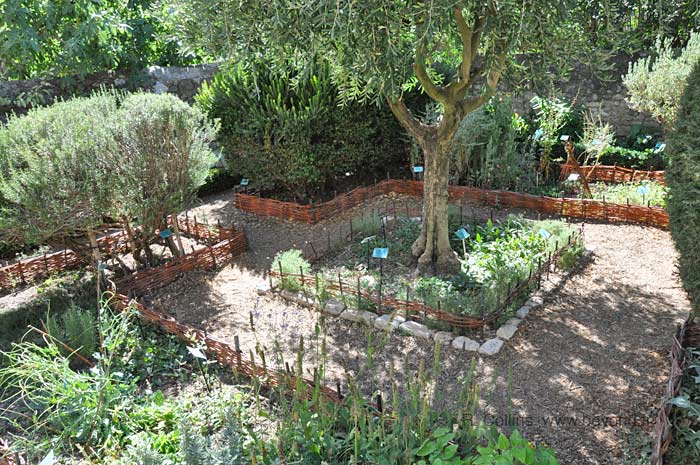
The Paradise Garden is one of the most interesting medieval gardens owned by the rich. This was a romance garden inspired by both The Song of Solomon and The Garden of Eden. It was a sealed garden watered by a well or a living fountain. The true romance garden was an earthly garden as well as a paradise one. It reflected the image of human and divine love. It was an allegory of the soul’s union with God and was associated with chivalrous devotion and the Cult of the Virgin Mary. The love between a man and a woman was sacred despite being merely human. Love was a divine gift. The Lady must love charity which was brought into the world by Christ and which was at the heart of the fin armour of courtly love. A tree overhanging a well or placed by the door provided a womb-like sheltering for the flowery enclosed ‘meadow’ it shaded. It represented The Tree of Life.
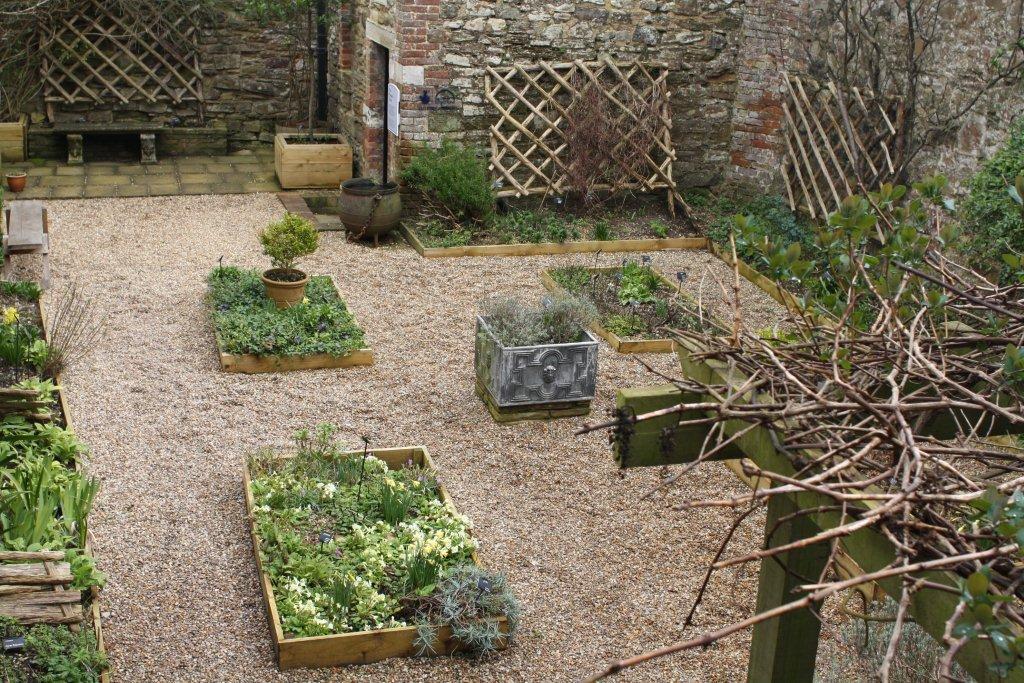
The walled garden was not simply due to the medieval liking for enclosure. It was also influenced by Persian culture. The Persians who were renowned gardeners considered roses to be flowers of great luxury. They invented the name paradise for such gardens. They initially found homes in monastery cloister gardens. The Arab Conquest of Persia, Syria, Egypt and Southern Spain, and a Middle-Eastern influence resulting from the Crusades, spread the Paradise Garden. These gardens became the rose gardens of courtly Christendom.
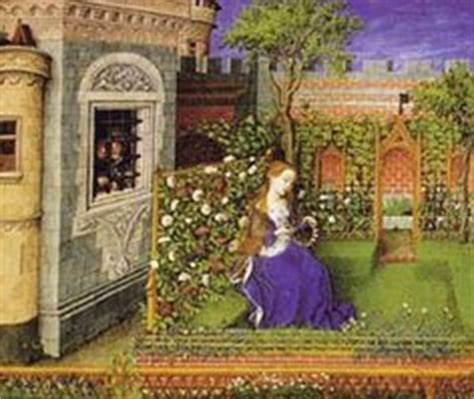
The Medieval Love Garden
The rose was the most popular plant in the paradise garden closely followed by the lily. Roses were associated with fertility, the blood of a martyr and with spring ans summer. Love must fade and die just as summer fades into autumn and winter. The disobedience of Adam and Eve gave the rose its thorns. Rose legends proliferated during these centuries. Roses were tokens of both love and grief. They represented the language of courtesy, courtly love and the love of friendship. The rose might be the central focus within a love garden but also beautiful garden flowers were delicate symbols and popular within pleasure gardens. Enjoying the scent of flowers and herbs, medievals played chess, tables (backgammon) and danced on turfed lawns. Ladies might keep caged magpies, pet squirrels, popinjays (parrots) , caged larks and nightingales in their love gardens. Such gardens might be small as Queen Eleanor’s garden in Winchester or large gardens planted with avenues of roses. Flowers would generally be set in soil beds raised two inches to two feet off the ground. Arbours and railings were trellised with climbing flowers. Borders were set with gravelled paths and lined with herbs and aromatic plants. Daisies had an aura of innocence and like the violet was a favourite edging. The lily represented Marian purity whereas the rose represented her love. Both were included as main flower features of the romance garden.
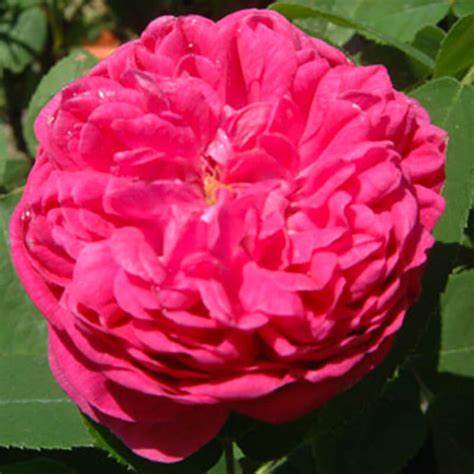
The Damask Rose
The favoured roses of the thirteenth century were Rosa Alba, Rosa Gallica and the Damask Rose. The Damask Rose was first mentioned by Edward I in his ‘Bill of Medicines’. Ailenor of Provence’s emblem was the Rosa Alba which was a particular garden favourite. It was the only medieval white rose. Edward I used this almost gold-coloured petaled rose in his great seal of state as a tribute to his mother. His own emblem was its green stalk. His brother, Edmund, adapted the Rosa Gallica as his emblem. Since Edmund became the first Earl of Lancaster this became the red rose of Lancaster.
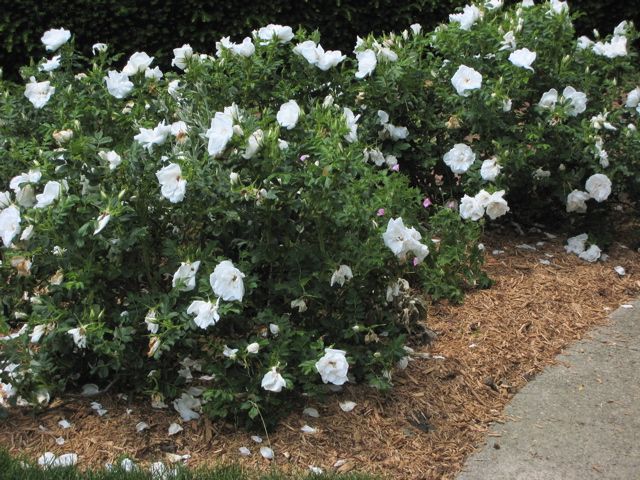
Rosa Alba
The medieval world liked the safety of walls. It liked to ward off far distances beyond. To the medieval mind paradise was an enclosure. By the thirteenth century the enclosed paradise garden became the dominant paradise image in art and literature. The womb-like sheltering quality of the garden frequently became used for the opening lines of love poems.
By the twelfth century rose cultivation was important to the paradise garden. Rose cultivation captured the romantic imagination of Europe and assured the supremacy of the rose garden as an important image of Paradise.





